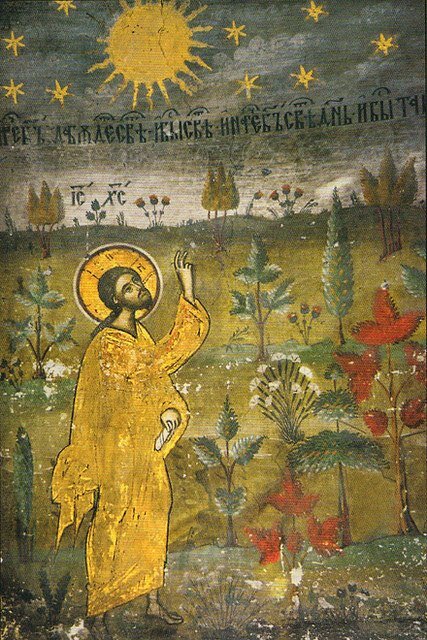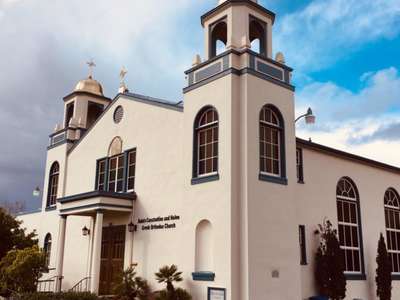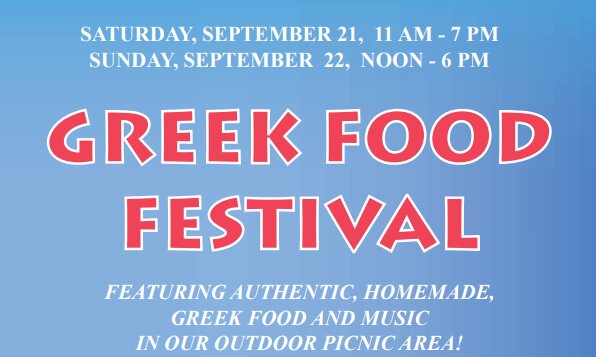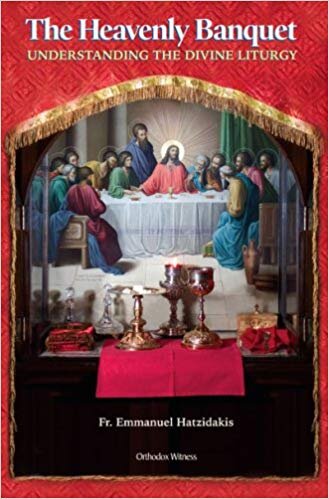What does our Holy Orthodox Church teach about the purpose of life? What does she teach about the soul and what happens when we die? What about things like anger, depression, anxiety and fear? What does the Church teach about money, technology, art and entertainment; or about sexuality, gender, love and marriage? What does the Church teach about being a man, or being a woman or raising children?
I invite you to join me for a weekly, in-person discussion group on Wednesday evenings to learn the Church’s profound and life-changing answers to these questions and many others. We will dedicate an entire month on a specific topic, by exploring the teachings of the Church, through her divine and Spirit-filled voice as heard in the Holy Scriptures, in the writings of the Holy Fathers, and in the wisdom of contemporary saints that lived in our modern day world and understood our struggles. As every month’s topic will vary, you’re welcome to join us for any meetings that interest you the most.
Schedule:
5:00pm – Paraklesis to the Theotokos (in the church)
6:00pm – Teachings of the Church discussion group (in the hall)
I hope you can join us as we learn, discuss and work to apply the wisdom of the Church to our daily lives.
With love in Christ,
Fr. Ninos





